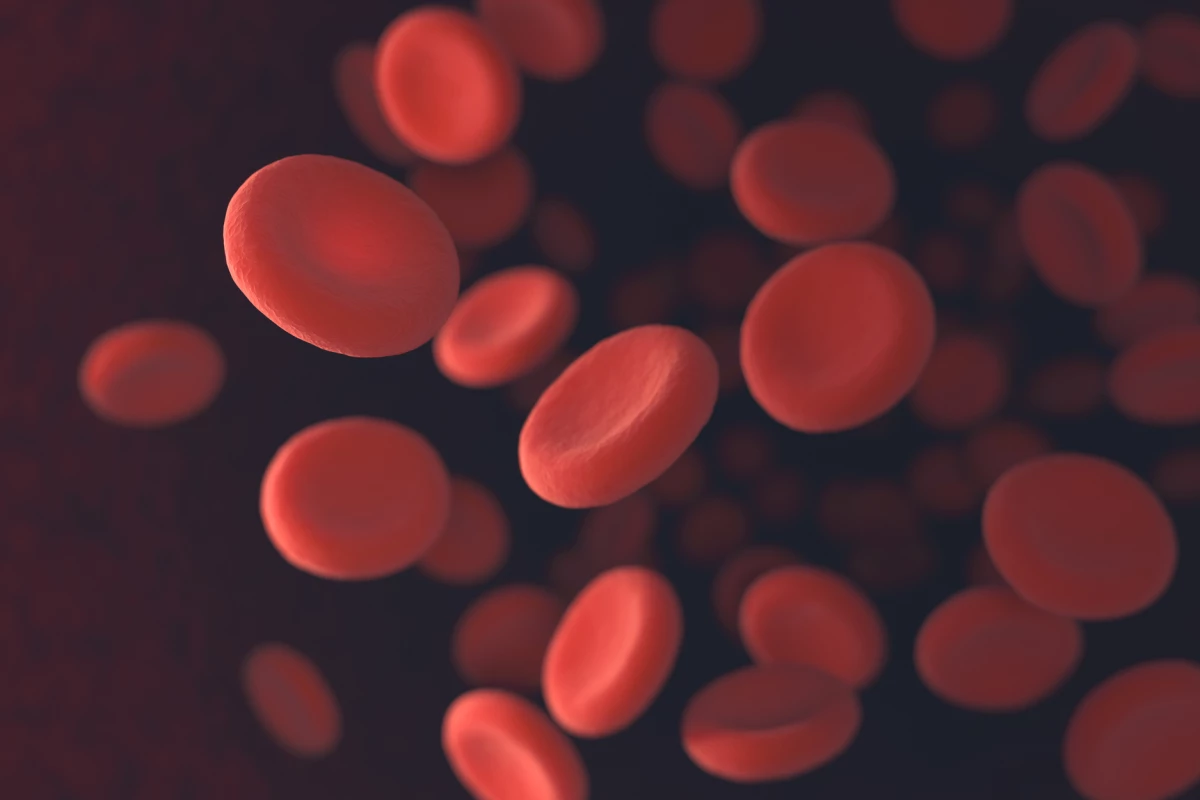Researchers have created synthetic red blood cells (RBCs) that have all of the useful properties of the real thing, plus a few new tricks. These new cells could be put to work carrying oxygen or drugs through the body, sensing toxins, and other tasks.
It goes without saying that red blood cells perform a vital function – namely, they carry oxygen from the lungs to all tissues in the body. They do this by way of molecules called hemoglobin, which use proteins containing iron that bind to oxygen. RBCs also have a range of safety features that allow them to do their jobs properly. They can squeeze and stretch to get through tiny capillaries, and can circulate for a long time.
In trying to create synthetic versions of red blood cells, scientists have had some trouble mimicking all of these properties. Now, researchers from the University of New Mexico, Sandia National Laboratories and South China University of Technology have created synthetic RBCs that can do all that – and more.
To make the synthetic cells, the researchers start with real ones. These donated human RBCs were first covered with a thin layer of silica, followed by layers of polymers with positive and negative charges. The silica is then etched away, and finally the surface is coated in natural RBC membranes.

The end result is artificial red blood cells that have similar size, shape, charge and surface proteins to the real thing. The team showed that these synthetic RBCs were able to deform enough to squeeze through tiny gaps in model capillaries. In tests in mice, the cells circulated for over 48 hours, and the team detected no toxic side effects.
In other tests, the team showed off the various other abilities that these synthetic RBCs could perform. They successfully carried different cargoes of hemoglobin, anticancer drugs, toxin sensors, and magnetic nanoparticles. Each of these could represent a different potential use for the cells – transporting oxygen, delivering drugs, sensing toxins, and allowing for outside manipulation, respectively.
The team plans to continue investigating and testing the cells, with the hopes of eventually getting them ready for human tests.
The research was published in the journal ACS Nano.
Source: American Chemical Society




